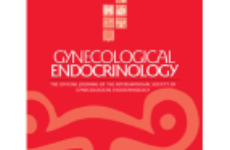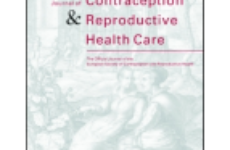 Steroids are small and highly important structural or signalling molecules in living organisms and their metabolism is complex. Due to the multiplicity of enzymes involved there are many different steroid related disorders. E. g., an individual enzyme defect is rather rare but can share various clinical symptoms and can thus be hardly diagnosed clinically.
Steroids are small and highly important structural or signalling molecules in living organisms and their metabolism is complex. Due to the multiplicity of enzymes involved there are many different steroid related disorders. E. g., an individual enzyme defect is rather rare but can share various clinical symptoms and can thus be hardly diagnosed clinically.
Therefore, reliable hormonal determination still presents the most reasonable initial diagnostic approach and helps to avoid uncritical and expensive attempts at molecular diagnostic testing. It also presents a backbone of monitoring these complex patients. In science, reliable hormone measurement is indispensable for the elucidation of new mechanisms of steroid hormone actions.
Steroid analytics is highly challenging and should never be considered trivial. Most common methods for steroid determination comprise traditionally immunoassay, or more recently, mass spectrometry based methods. It is absolutely necessary that clinicians and scientists know the methods they are applying by heart.
With the introduction of automated direct assays, a loss of quality could be observed over the last two decades in the field of steroid immunoassays. This review wants to meet the need for profound information and orientation in the field of steroid analysis.
The pros and cons of the most important methods, such as immunoassays and mass spectrometry based methods will be discussed. The focus of the latter will lie on gas chromatography-mass spectrometry (GC—MS) as well as liquid chromatography-mass spectrometry (LC—MS). Selected analytical applications from our Deutsche Forschungsgemeinschaft Research Group FOR 1369 «Sulfated Steroids in Reproduction» will illustrate the contents.
In brief, immunoassays have for long presented the traditional technique for steroid analysis. They are easy to set up. Only one analyte can be measured per immunoassay. Specificity problems can arise and caution has to be exerted especially regarding direct assays lacking purification steps.
Mass spectrometry based methods provide structural information on the analyte and thus higher specificity. In combination with chromatographic techniques, they permit the simultaneous determination of a multitude of analytes.
Highest specificity can be obtained using GC—MS, a sophisticated but most powerful tool for characterizing steroid metabolomes. LC—MS is a true high throughput technique and highly suited for detecting complex steroids. GC—MS and LC—MS are not competing but complementary techniques.
Since reliable steroid determination requires extremely high expertise in the field of analytics as well as steroid biochemistry, it is recommended that collaborations and networking with highly specialized centers of expertise are developed.
S. A. WudyaG, Schulerb, A. Sánchez-Guijoa, M. F. Hartmanna
Journal of Steroid Biochemistry and Molecular Biology, Received 31 March 2017, Revised 18 July 2017, Accepted 5 September 2017, Available online 28 September 2017















